Mining on the Blockchain:
Miners use a lot of electricity to run their computers, which work on solving math problems. When they successfully solve a problem, they get a reward in the form of new Bitcoins. This reward is like a payment for keeping the Bitcoin network safe.
Every 10 minutes, a new "block" of transactions is created. Miners choose which transactions to include in this block, usually favoring the ones with higher fees. Once a block is completed, the included transactions become part of the permanent record (the blockchain), just like adding a new page to a notebook.
So, mining on the Blockchain is like using powerful computers to solve math puzzles and earn rewards while also making sure that the Bitcoin system works securely and transactions are processed.
What exactly does a miner do?
A miner in Bitcoin does a special kind of computer work to solve a puzzle. They compete with other miners to find a specific number called a "nonce" that makes the answer to the puzzle just right. This work is called "Proof of Work."
The puzzle is like a math equation, and they have to guess the right number to make the equation work. It's a bit like a game where they need to find a number that, when combined with some other information, creates a special pattern at the beginning. This pattern is like having a bunch of zeros at the start of the answer.
Finding this special number can take a lot of tries and is hard work for the computer. But once they find it, it's easy for everyone to check if it's correct. It's kind of like solving a Sudoku puzzle - tough to do, but easy to see if it's right once it's done.
Here is an example: This is the hash for block number 647,729: 000000000000000000064b9fcad14d747b725552005db1a77e6344a7c672a9bf
Bitcoin Mining Machine (or commonly called ASIC) :
A Bitcoin mining machine, also known as an ASIC, is like a super-specialized computer. It's really good at one thing: solving a specific type of math problem called SHA-256 hashes for Bitcoin.
The power of this machine is measured by how fast it can solve these math problems, which is called its "hash rate." In 2020, a regular Bitcoin ASIC could solve about 100 trillion hashes per second. To compare, a regular desktop computer can only do millions of hashes per second, which is way less powerful.
Bitcoin Mining Difficulty:
Think of Bitcoin mining like a game of guessing numbers, sort of like a lottery. Miners have to keep guessing the right number to solve a math problem. But there's a catch: the answer must start with a specific number of zeros (called the difficulty).
Now, imagine you want to win a lottery more often. You'd buy more lottery tickets, right? Well, miners who want to solve the math puzzle more often need to get more or faster mining machines.
When more miners join the game, it's like more people playing the lottery. This means the math problem gets solved faster than every 10 minutes. To keep it fair, Bitcoin adjusts the difficulty level. If it was too quick, it makes the puzzle harder. If it took too long, it makes it easier. This way, on average, new Bitcoins are found every 10 minutes, just like clockwork.
What if two miners find the answers at the same time?
Imagine two miners in the Bitcoin world, let's call them Miner A and Miner B. They both try to solve a math puzzle to create a new block of transactions. The thing is, there can be more than one correct answer to this puzzle, and both miners might find it at the same time.
When this happens, they each tell the Bitcoin network about their solution. The network treats both solutions as equally good. Now, here's what happens:
- Nodes in the network (computers connected to the Bitcoin network) choose the solution they hear about first and add it to their version of the blockchain (the ledger of all Bitcoin transactions).
- Some nodes hear about Miner A's solution first and add it to their blockchain. Others hear about Miner B's solution first and add it to theirs.
- Each node continues to share its version of the blockchain with other nodes.
- Here's the catch: To resolve this situation and make sure everyone agrees on the right blockchain, nodes pick the one with the most "Proof of Work." This means they choose the longest chain, the one that required the most computational effort to create.
- So, if Miner X finds a new solution and adds it to Miner B's version of the blockchain, that chain becomes the longest one. Now, everyone agrees that Miner B's solution is the correct one.
- Miners who were working on top of Miner A's solution switch to working on top of Miner B's solution because it's now the longest chain. Miner A's block is now called an "orphan block."
- Any transactions in Miner A's block that haven't been included in Miner B's block get put on hold to be included in the next block added on top of Miner B's chain.
This is how Bitcoin makes sure everyone agrees on the same blockchain, even if two miners find solutions at the same time. It's all about choosing the longest chain, which represents the most computational work.
TL;DR:
-Miners secure the blockchain and earn rewards for their work, ensuring it can't be easily tampered with.
-Miners compete to find the right nonce for a new block, and this is called Proof of Work.
-Mining machines, like ASICs, calculate hashes at incredible speeds.
-Bitcoin's mining difficulty adjusts to keep block creation around 10 minutes.
-If two miners find answers at the same time, their solutions are both valid, but one will eventually become the longest chain.
All of this info was put togheter by me in a very simplfied way with the help of the How to Bitcoin book from Coingecko. Hope it made it easier for some people to understand this topic!
[link] [comments]

You can get bonuses upto $100 FREE BONUS when you:
💰 Install these recommended apps:
💲 SocialGood - 100% Crypto Back on Everyday Shopping
💲 xPortal - The DeFi For The Next Billion
💲 CryptoTab Browser - Lightweight, fast, and ready to mine!
💰 Register on these recommended exchanges:
🟡 Binance🟡 Bitfinex🟡 Bitmart🟡 Bittrex🟡 Bitget
🟡 CoinEx🟡 Crypto.com🟡 Gate.io🟡 Huobi🟡 Kucoin.
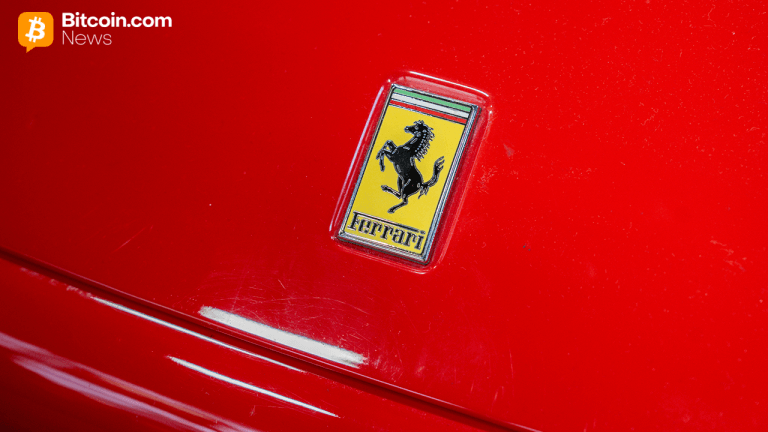
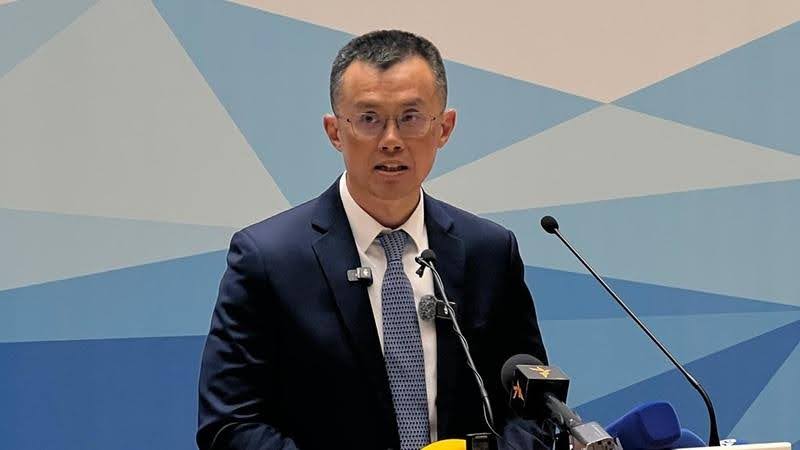
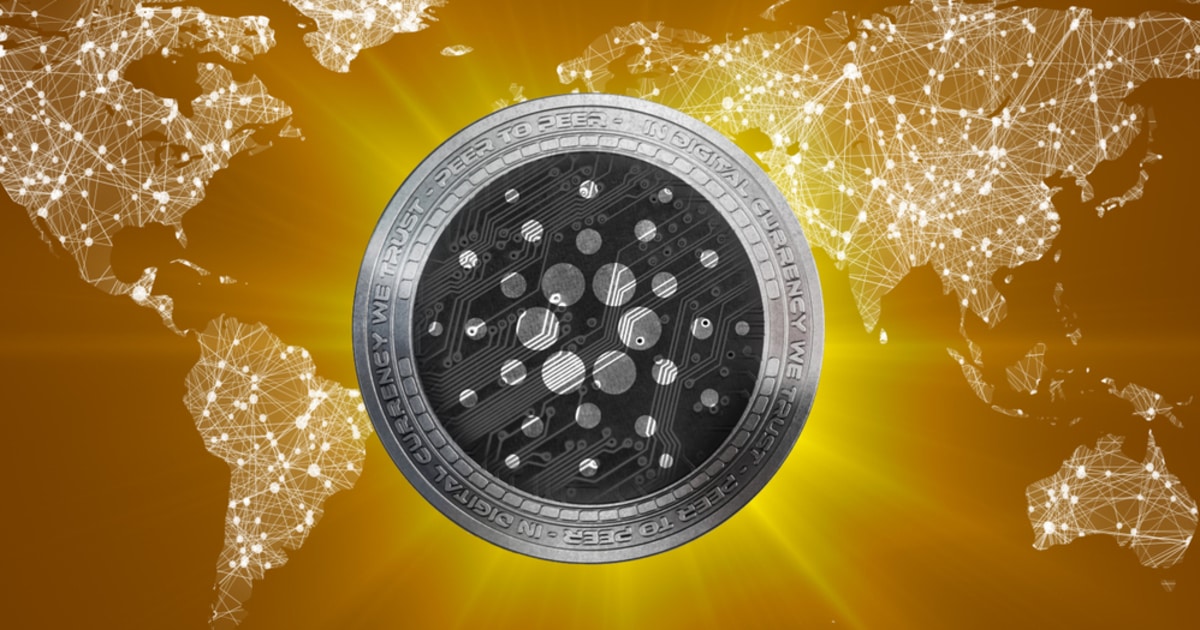
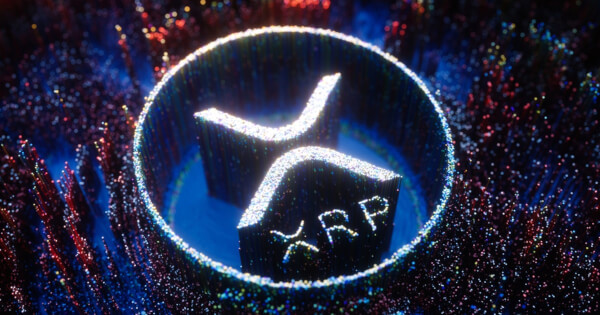

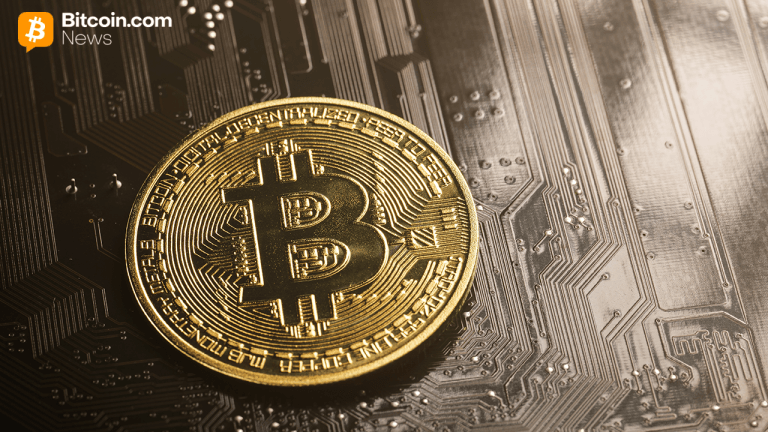
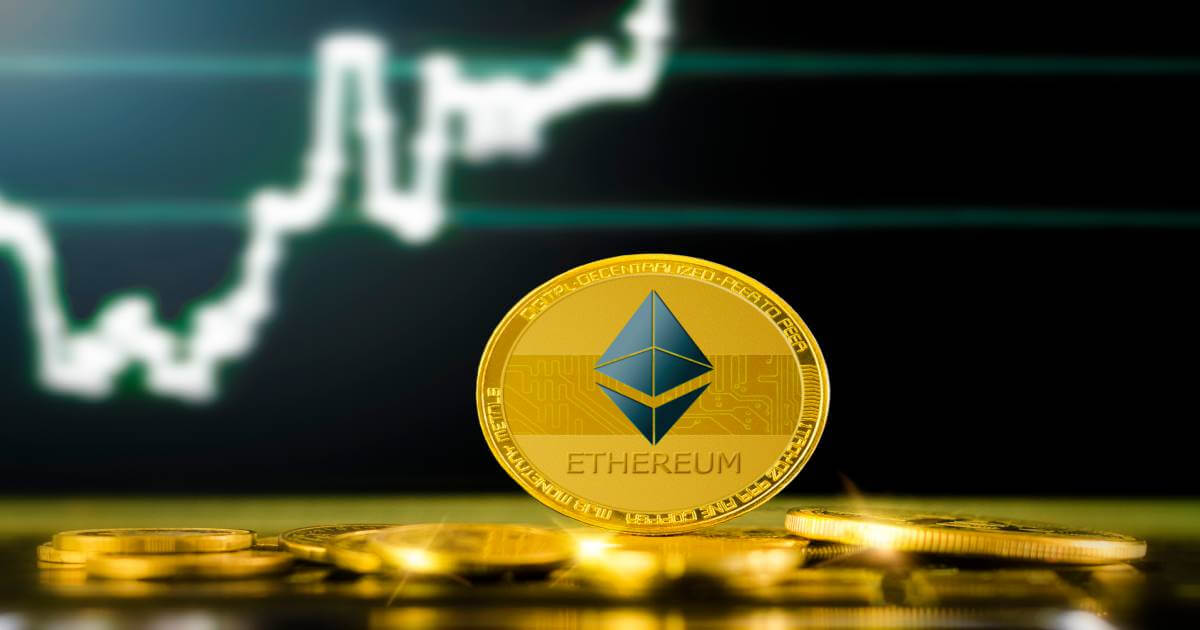
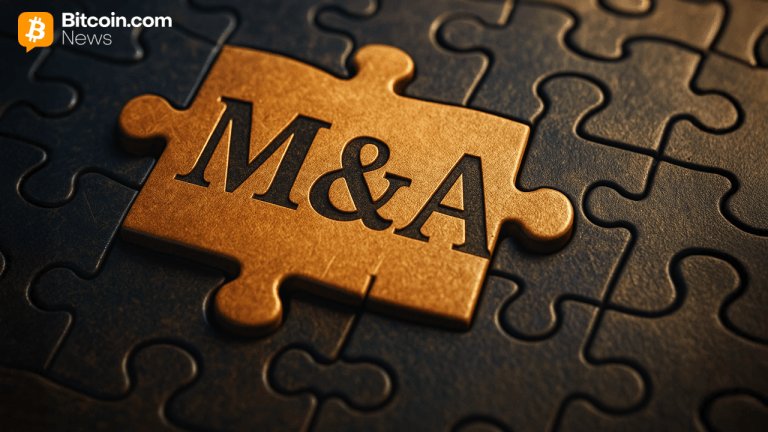

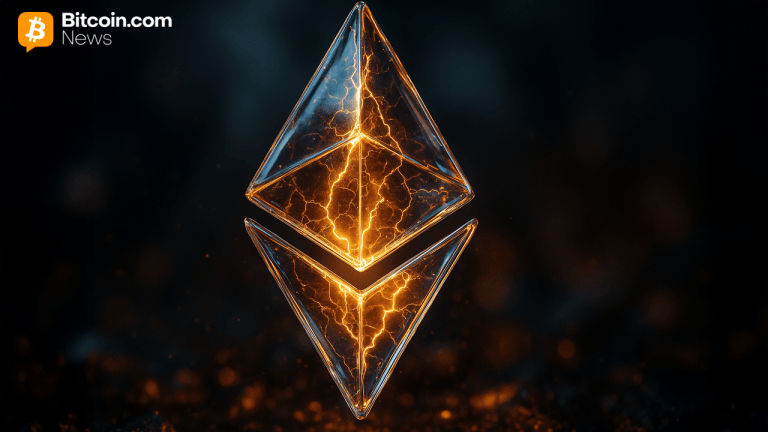
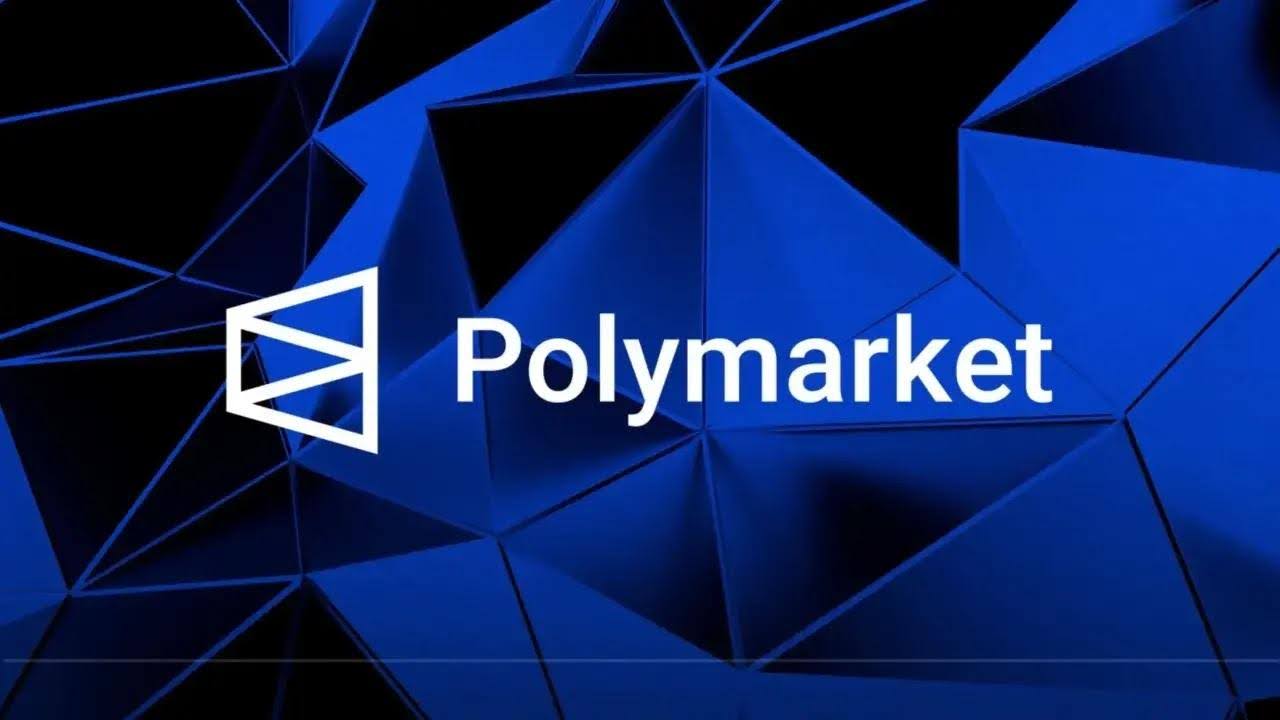
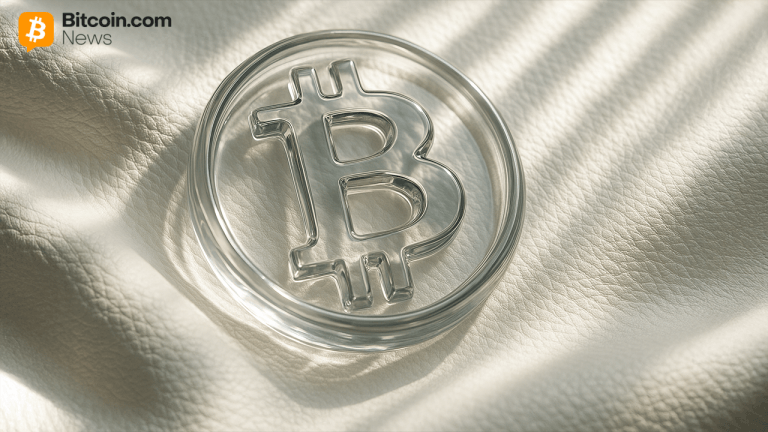
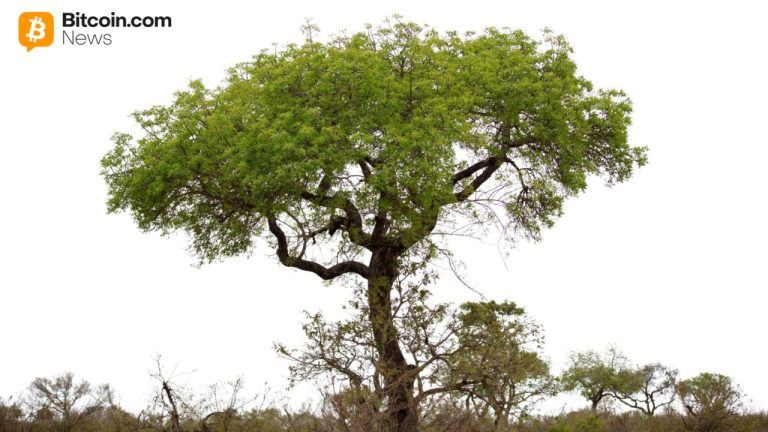
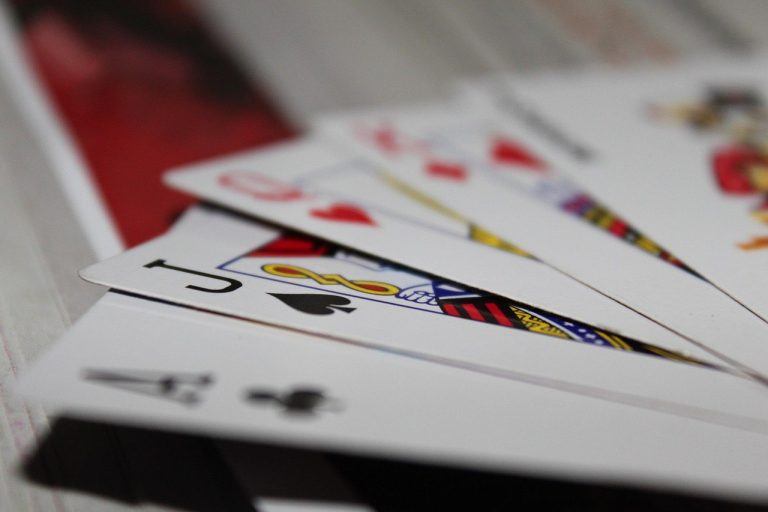
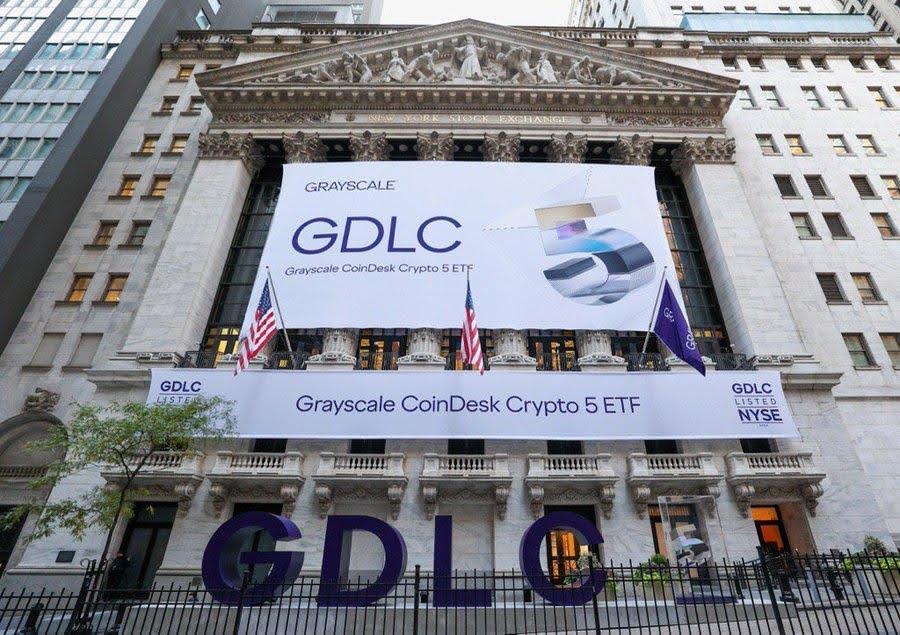

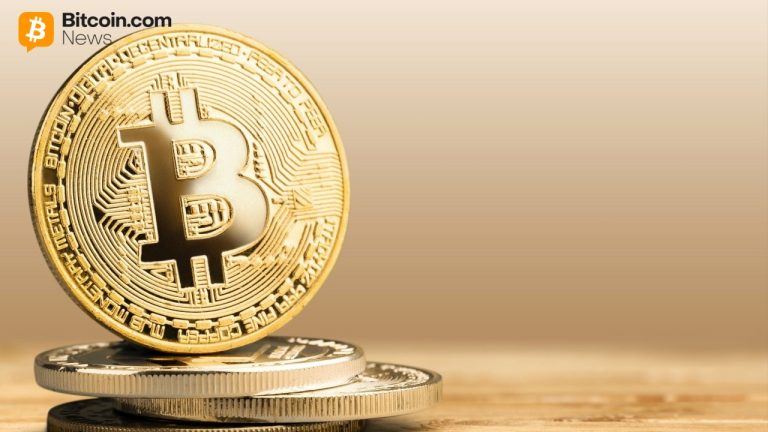
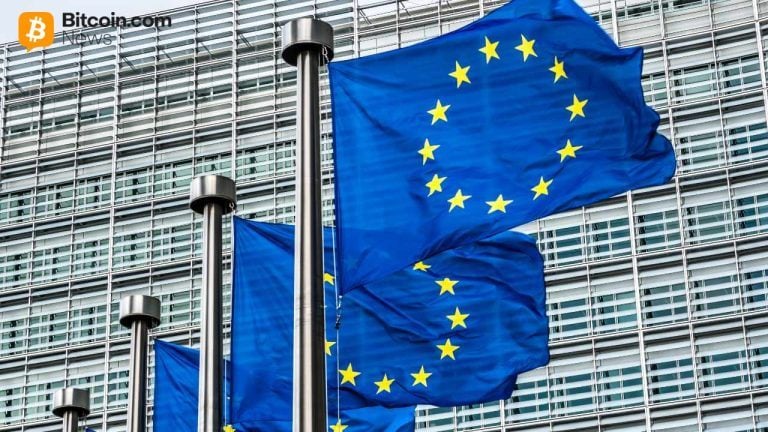

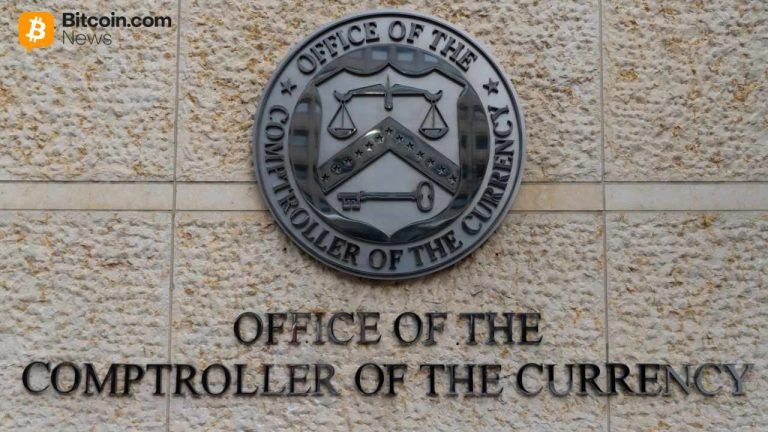
Comments